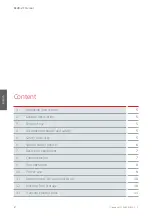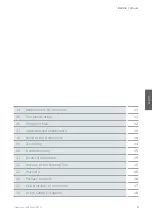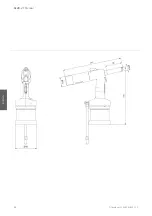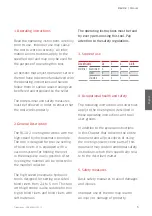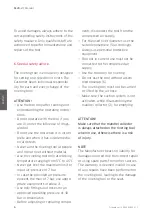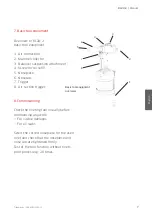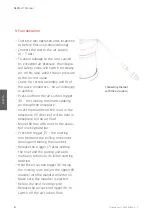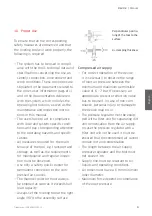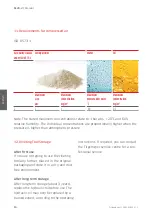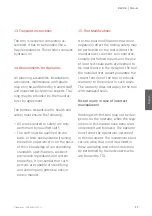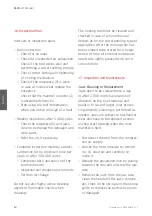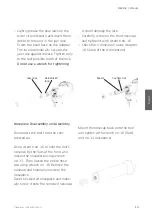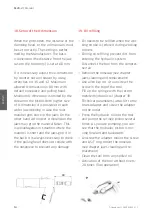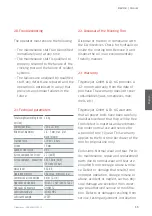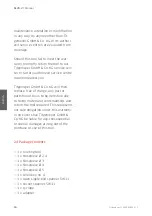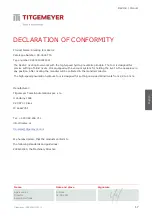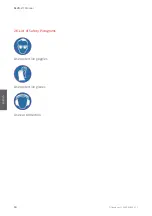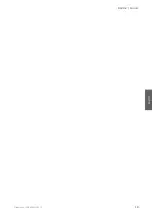
12
RL20-2 /
Manual
Titgemeyer / 10342EN1121 / 1
English
16. Inspection Plan
Intervals of inspection plans
— Daily inspection
— Check for oil leaks
— Check for unexpected air exhaustion
— Check if the tool works well and
performing a correct setting process
— Check correct setting and tightening
of riveting mechanism
— Check if the nosepiece (5) is worn –
in case of visible wear replace the
nosepiece
— Check that the mandrel collector (2)
is assembled correctly.
— Stop using the tool immediately
when you notice any sign of a fault.
— Weekly inspection/ after 5.000 cycles
— Check the nosepiece (5) and jaws,
clean or exchange the damaged and
worn parts.
— Refill the oil, if necessary
— Complete inspection made by authori-
sed person (or by producer) once per
year/ or after 500.000 cycles
— Complete check and service of the
tool mechanism
— Inspection and change any worn parts
— Perform oil change
Do not use any highly active cleaning
agents or flammable liquids when
cleaning!
The riveting tool must be cleaned and
checked in case of any mechanical
defects as for the corresponding type of
application. After the riveting tool has
been cleaned to be stored for a longer
period of time, all external metal parts
need to be lightly greased with corro-
sion inhibitor.
17. Inspection and Maintenance
Jaws Cleaning or Replacement
Jaws need to be cleaned once a day
or after 2.000 rivets have been set
(depends on the rivet material and
quality). In case of larger rivet proces-
sing amounts, cleaning is performed as
needed. Jaws are subject to mechanical
wear and have to be replaced as soon
as they start slipping when the rivet
mandrel is held.
— Disconnect the tool from the compres-
sed air supply
— Loosen the front nosecap by wrench
no. 16, unscrew and carefully re-
move it
— Release the galvanized lock by pulling
towards the tool and unscrew the jaw
case
— Remove the jaws from the jaw case.
Clean the head and the jaws, remove
any chips in the spring and the spring
guide or replace the parts when worn
or damaged


